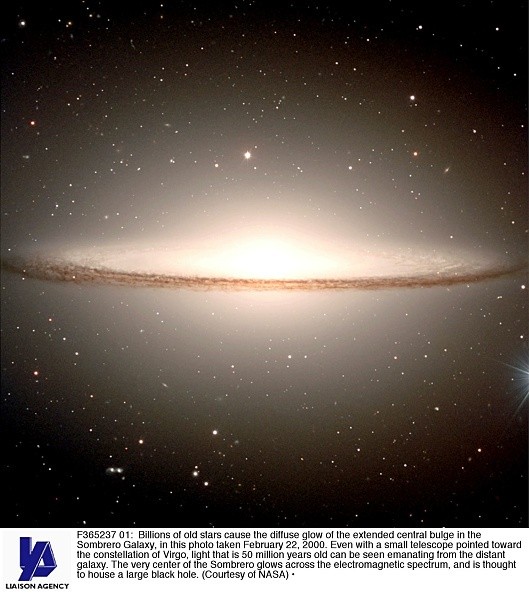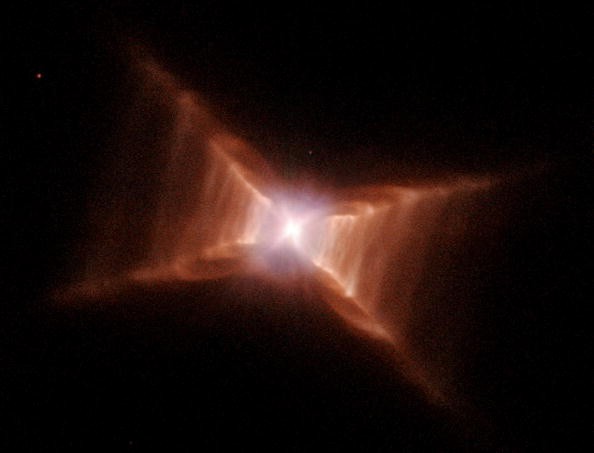NASA Hubble telescope was able to find the reason why this super-red hypergiant star suddenly dimmed. What makes this scenario unusual is that this space body is 300,000 times brighter and has more violent radioactivity compared to the solar system's Sun.

According to NASA's latest report, the star that NASA is currently focusing on is called VY Canis Majoris, which is one of the colossal stars in the universe. It is also enshrouded in huge clouds of dust.
The VY Canis Majoris is also larger, more aggressive, and has a higher density compared to the Betelgeuse star, which also puzzled the international space agency way back in 2020.
NASA explains why VY Canis Majoris faded
The National Aeronautics and Space Administration said that this hypergiant space body experiences longer, dimmer periods compared to Betelguese. But now, NASA was able to find the reason behind the mysterious space event, thanks to its Hubble Telescope, which also helped solve other space mysteries.

"VY Canis Majoris is behaving a lot like Betelgeuse on steroids," explained Roberta Humphreys, an astrophysicist of the University of Minnesota, Minneapolis, via NASA Gov's official website.
Previously, NASA Hubble Telescope suggested that Betelguese sudden dimming was caused by its gaseous outflow that may have formed dust. The space agency's scientists and researchers claimed that VY Canis Majoris also has the same activity.
"In VY Canis Majoris we see something similar, but on a much larger scale. Massive ejections of material which correspond to its very deep fading, which is probably due to dust that temporarily blocks light from the star," added Humphreys.
The astrophysicist said that NASA wants to find out why it suddenly dimmed because it is one of the largest stars that the space agency has ever recorded.
Other reasons why it fades
VY Canis Majoris sheds 100 times as much as Betelguese. This means that it is losing more mass compared to the other supergiant star. On the other hand, this massive heavenly body's mass is sometimes twice the size of Jupiter, which is quite small compared to the Sun and other stars. You can click here of you want to know more details.
For more news updates about NASA and its other space discoveries, always keep your tabs open here at TechTimes.
This article is owned by TechTimes
Written by: Giuliano de Leon.
ⓒ 2025 TECHTIMES.com All rights reserved. Do not reproduce without permission.




